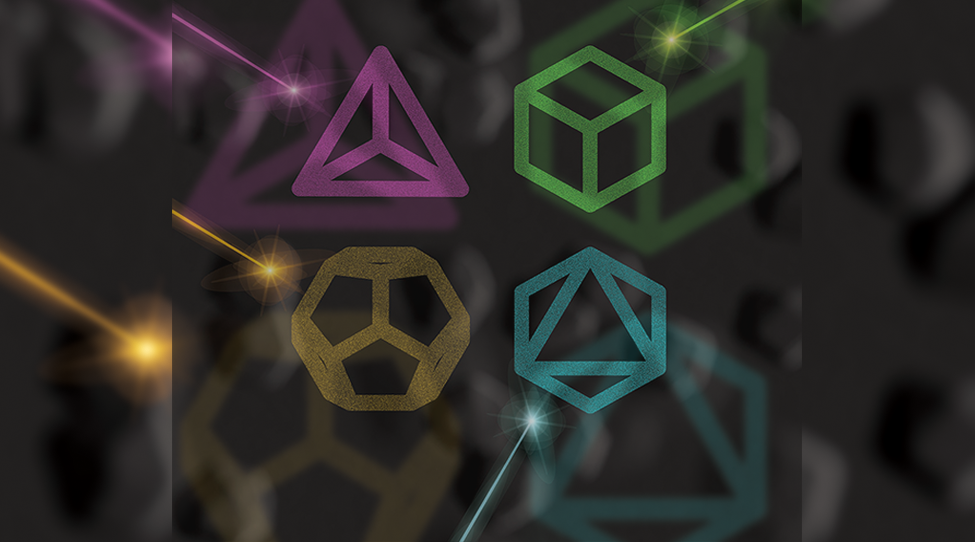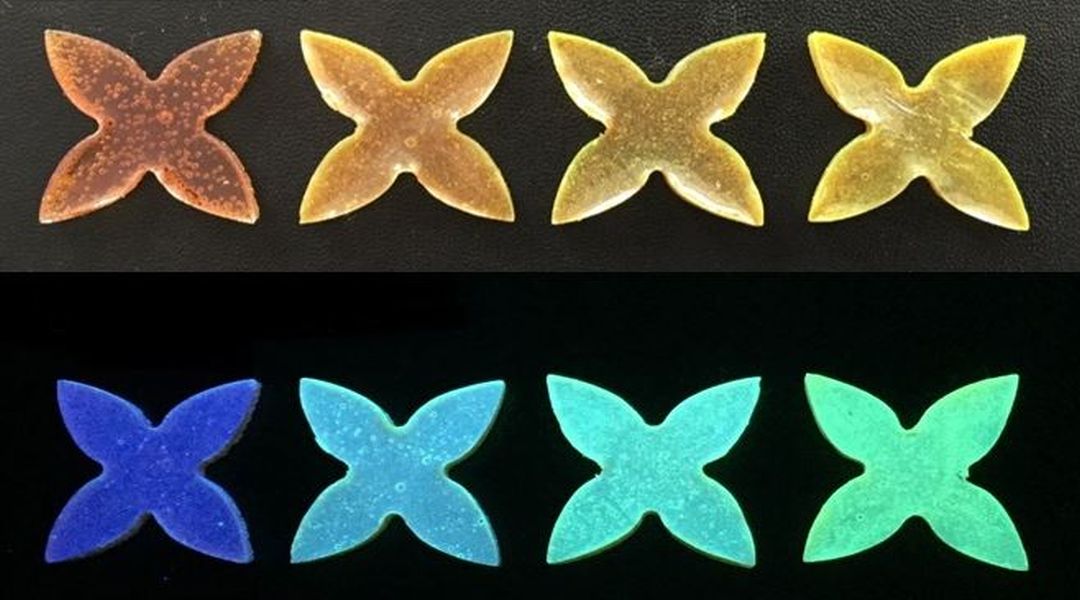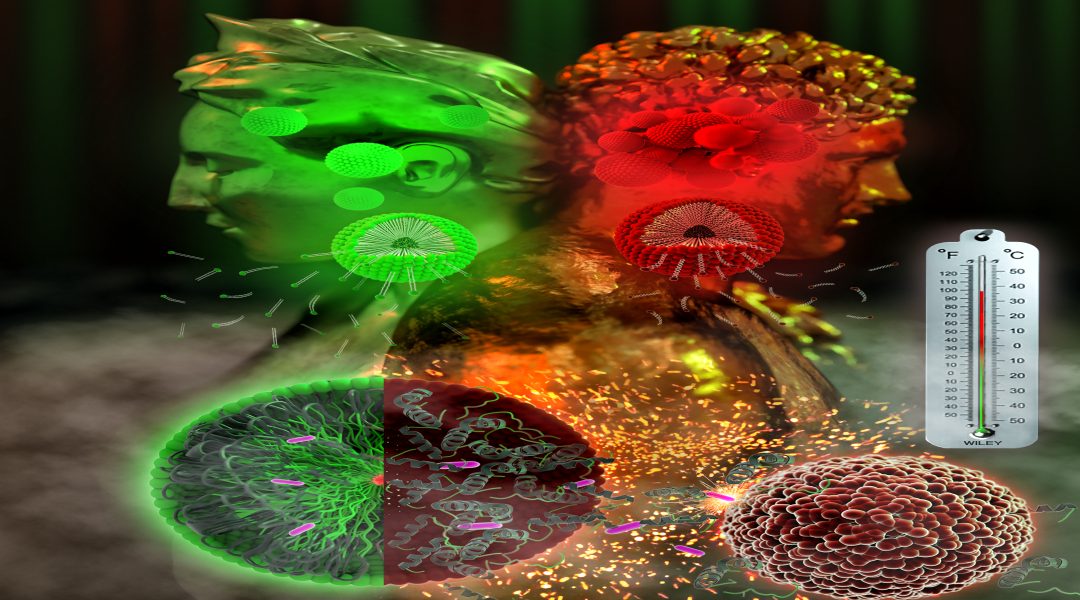High-resolution anti-counterfeiting patterns with two-level information encoding are revealed using a one-step, in situ nanocrystal-ink-printing process.


High-resolution anti-counterfeiting patterns with two-level information encoding are revealed using a one-step, in situ nanocrystal-ink-printing process.
![A High-Performance Sensor for Touchscreens [Video]](https://www.advancedsciencenews.com/wp-content/uploads/2018/10/adfm201804721_ASN_image.png)
A nanoforce sensor developed by KAIST researchers provides high sensitivity, transparency, and mechanical durability against bending.
![Nanoflake Arrays of Lithiophilic Metal Oxides for the Ultra-Stable Anodes of Lithium-Metal Batteries [Video]](https://www.advancedsciencenews.com/wp-content/uploads/2018/10/adfm201803023_ASN_image.png)
Nanoflakes of graphene foams (GFs) decorated with lithiophilic metal oxides (LMONAs) as hosts for the anode of Li-metal batteries.
![Real‐Time In Situ Observation of Microstructural Change in Perovskites [Video]](https://www.advancedsciencenews.com/wp-content/uploads/2018/10/adfm201804039_ASN_image_01.jpg)
A detailed mechanism for the degradation of methylammonium lead iodide – a ubiquitous material for perovskite-based solar cells.
![Human Pulse Diagnosis with a Wearable Piezoelectret Sensing System [Video]](https://www.advancedsciencenews.com/wp-content/uploads/2018/10/adfm201803413_thumbnail.jpg)
A wearable piezoelectret sensor has been developed for pressure-based human pulse measurement.

By matching the absorption of chloroplasts, dual-wavelength-emitting carbon dots can enhance the efficiency of the biological photosynthetic system both in vivo and in vitro.

Lipid bilayer-coated polymeric nanoparticles can at as a long-acting, glucose-responsive insulin delivery system in type-I diabetes.

A novel fluorescent organic glass (FOG) exhibits unprecedented properties.

A facile strategy to use elastin-like peptides for thermoresponsive drug delivery applications.

A peek into the Advanced journal archives reveals some of the interesting and creative work published over the years that is still being cited today.